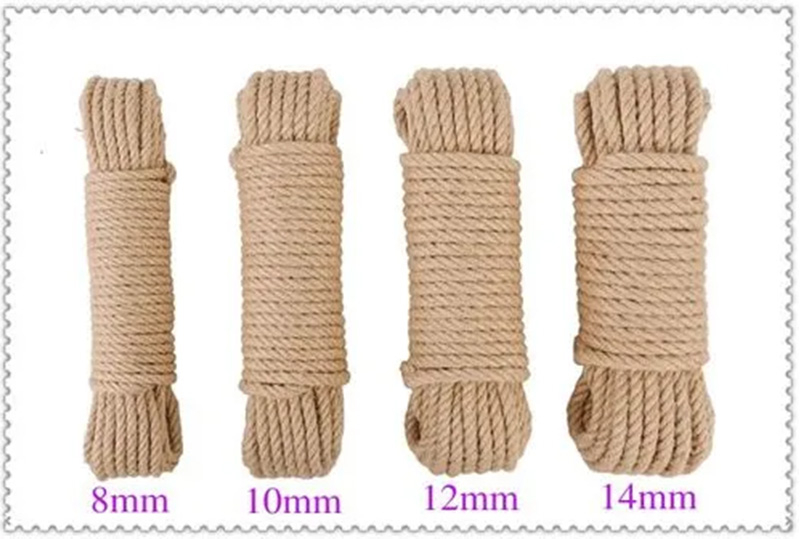Current Trends and Factors Influencing the Price of Jute Rope in Global Markets
The Price of Jute Rope An Overview
Jute rope, a product crafted from the natural fibers of the jute plant, has gained prominence in various industries due to its versatility, eco-friendliness, and strong durability. As the global market for jute products grows, understanding the price trends of jute rope is crucial for manufacturers, consumers, and environmental advocates alike.
Historically, the price of jute rope has been influenced by several factors including raw material availability, production costs, and market demand. Jute fiber is primarily cultivated in countries like Bangladesh and India, where climatic conditions are optimal for its growth. Fluctuations in weather patterns, such as droughts or excessive rainfall, can significantly impact the yield of jute crops, thereby affecting the supply available for rope production. When supply diminishes due to poor harvests, the price of jute rope tends to rise, reflecting the basic economic principle of supply and demand.
In recent years, there has been an increasing trend toward sustainable and eco-friendly materials. As consumers become more environmentally conscious, the demand for jute products, including rope, has surged. This shift has inevitably played a role in the pricing structure of jute rope. Producers are now capitalizing on this trend, which may lead to higher prices as manufacturers invest in sustainable production practices and branding to emphasize the ecological benefits of jute.
price of jute rope

Moreover, the global market dynamics also contribute to price fluctuations. The import and export policies of jute-producing countries are significant factors influencing local prices. For instance, any tariffs or trade restrictions imposed on jute products can lead to increased costs for importers, which may, in turn, be passed on to consumers as higher prices. Conversely, a favorable trade environment can lead to lower prices, as competition increases and supply chains become more efficient.
The artificial and synthetic alternatives to jute rope, such as polypropylene and nylon, also play a role in determining jute rope prices. While synthetic ropes are often cheaper and more easily produced, they do not offer the same biodegradability and environmental benefits as jute. This pricing competition can lead to fluctuations in jute rope prices as manufacturers strive to balance production costs while maintaining market competitiveness.
Another critical element to consider is the impact of global economic conditions. Factors such as inflation, currency exchange rates, and overall economic stability in jute-exporting countries can influence the price of jute rope. For instance, if the Bangladeshi Taka weakens against the US dollar, it may become more expensive for international buyers to import jute products, thus driving prices higher.
In conclusion, the price of jute rope is influenced by a variety of interrelated factors, including agricultural yield, market demand, production costs, trade policies, and global economic conditions. As sustainability continues to be a focal point for consumers, the demand for jute products is likely to rise, potentially stabilizing or even increasing prices. Understanding these dynamics is essential for stakeholders in the jute rope market, from farmers and manufacturers to retailers and consumers, as they navigate the complexities of this evolving industry. In a world that increasingly values eco-friendliness, jute rope stands out as a practical choice, balancing functionality with sustainability, even as its price fluctuates in response to the many forces at play.
Share
-
The Best Lubricants for Aluminum Roller GuidesNewsJul.23,2025
-
Slitting Machine Applications in the Packaging IndustryNewsJul.23,2025
-
Rolling Roller Balancing Techniques for Smooth OperationNewsJul.23,2025
-
How To Optimize An EV Battery Assembly LineNewsJul.23,2025
-
Energy Efficiency in Modern Battery Formation EquipmentNewsJul.23,2025
-
Automation Trends in Pouch Cell Assembly EquipmentNewsJul.23,2025







